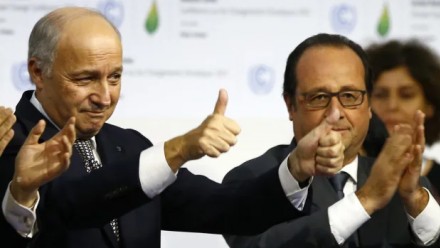How should technocrats count the true cost of climate?
The Brookings Institution recently published a report that I co-authored on the impact of the Paris Climate Agreement on the global economy with a particular focus on the economic and environmental impacts. In that report we use a multi-region model of the world economy. To model the Paris Agreement, we converted the disparate emission targets for each country or region in their Nationally Determined Contributions (NDC) formulations into estimated reductions in CO2 emissions relative to a baseline scenario with no new climate policies. We then solved for a carbon price path in each region that achieves the NDC-consistent emissions reductions in the target year. We found that if all regions achieve their NDCs, the Paris Agreement significantly reduces CO2 emissions relative to baseline. However, the Paris policy scenario suggests that global CO2 emissions would not decline in absolute terms relative to 2015 levels, let alone follow a path consistent with a 2 degrees stabilisation scenario. The Paris policies result in significant macroeconomic spill-overs across the global economy, meaning that macroeconomic outcomes across countries depend not only on their own commitments but also on those of the rest of the world. The model used in the Brookings report was the G-Cubed model. It is used by researchers, governments and corporations around the world and participated in the recent Stanford University Energy Modelling Forum, which recently compared climate policies across all major publicly available models. Read the full article here.











